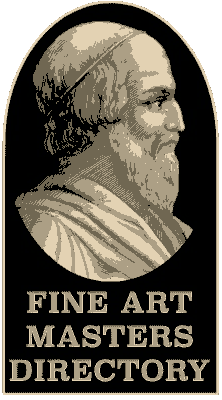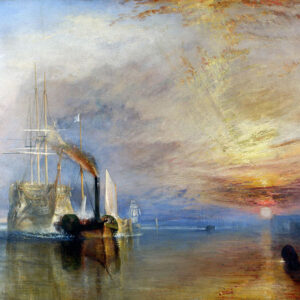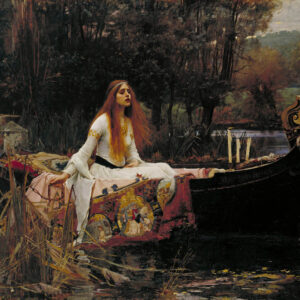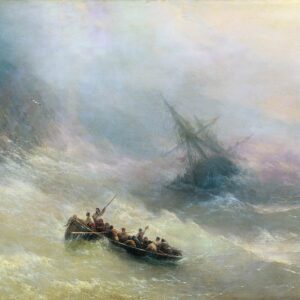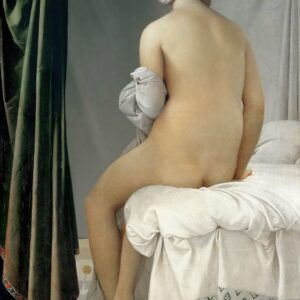Edward Armitage RA (20 May 1817 – 24 May 1896) was an English Victorian-era painter whose work focused on historical, classical and biblical subjects.
Armitage’s art training was undertaken in Paris, where he enrolled at the École des Beaux-Arts in October 1837. He studied under the history painter, Paul Delaroche, who at that time was at the height of his fame. Armitage was one of four students selected to assist Delaroche with the fresco Hémicycle in the amphitheatre of the Palais des Beaux-Arts, when he reputedly modelled for the head of Masaccio. Whilst still in Paris, he exhibited Prometheus Bound in 1842, which a contemporary critic described as ‘well drawn but brutally energetic’.
Esther, wife of the Persian King Ahasuerus, concealed the fact that she was Jewish from her husband. The king’s chief minister, Haman hated Esther’s adoptive father, Mordecai. In order to kill him he convinced Ahasuerus to issue a decree of execution against the Jews. On discovering this Esther held a banquet where she revealed that she was Jewish and pleaded for her people.
The King briefly left the banquet and returned to find Haman kneeling before the queen. Believing that he was attempting to seduce Esther, Ahasuerus had Haman executed. The Jews established a new annual festival on the 14th day of the month of Adar (February/March) known as ‘Purim’ or ‘The Festival of Esther’.
In his painting Edward Armitage, R.A. shows the angry King ordering Haman to his death. Haman begs Esther for mercy, as guards cover his head and drag him from the royal table. Mordecai stands behind the table looking down upon the treacherous Haman. The queen’s pale skin and white costume denote her regal status and her innocence. Although the scene is a dramatic one, the tension is measured in keeping with Armitage’s classical principles. Understated details such as Haman’s overturned goblet and the carpet’s flipped up corner serve to signal unrest.
Ref : Here
Name : Edward Armitage
Born : 1817
Died : 1896
Art Style & Movement : Victorian , Romanticism
Main Field/s : illustration, Painting & Drawing
Region/Nationality : British
Artist ID : 25006
Facebook
Twitter
LinkedIn
Pinterest
Reference :
Keep Reading in
